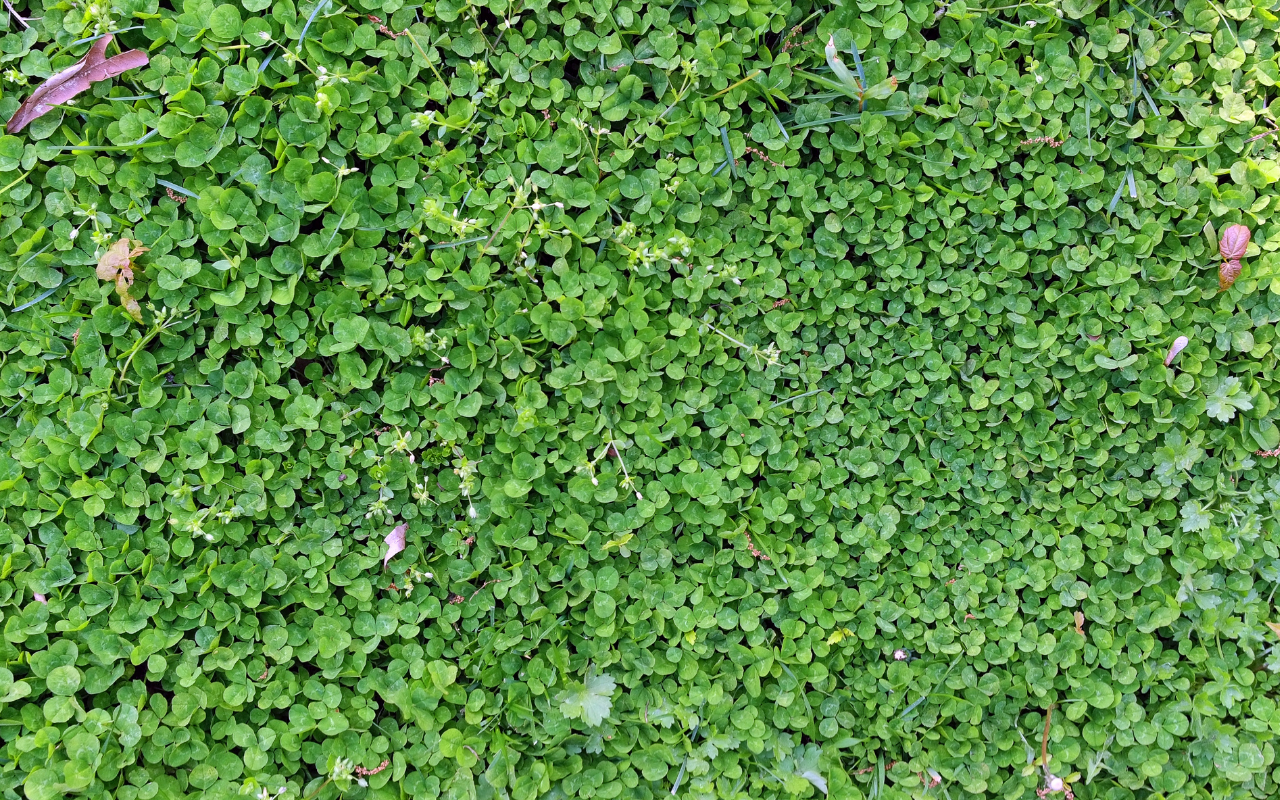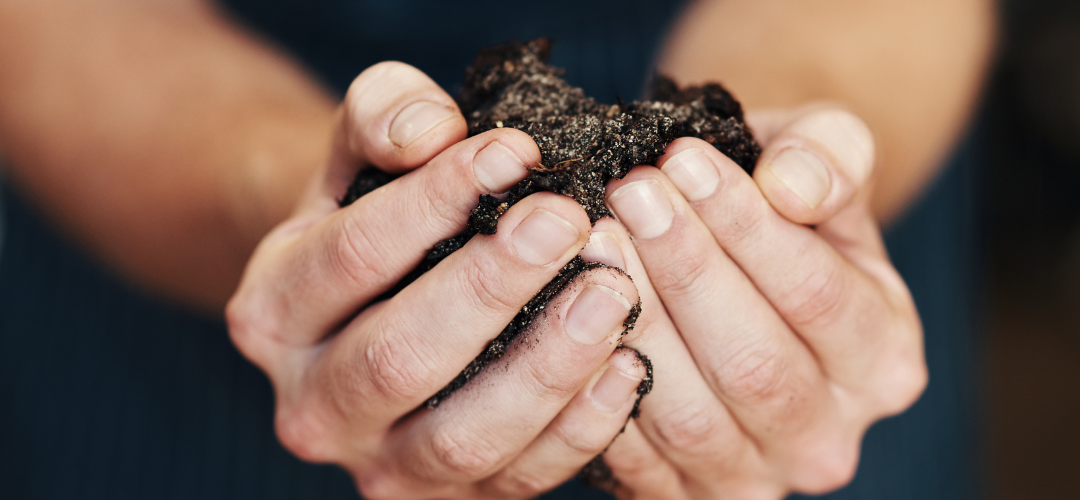How we love our lawns. Of course, gardening is an essential hobby in our culture; it's estimated that 27 million Brits - 41% of people - participate in gardening in some way.
In particular, we spend huge amounts of cash, sweat and time on fertilising, watering, cutting and aerating our precious green carpets at home and in our parks. Grass lawns have their place. We love the look and smell of freshly mown grass; lawns are great for picnics and all manner of play.
But just how environmentally friendly are they? Cultivated lawns were invented around five hundred years ago by wealthy European landowners wanting to imitate forest glades closer to home. At first, swathes of ground cover were most likely to be chamomile or thyme, but closely cropped grass lawns came into fashion in the 17th century in England. They were a mark of wealth and status, first maintained by grazing sheep, then by teams of men cutting with scythes.
Fast forward to today, and the suburban gardener is armed with lawn mower, strimmer, leaf blower and all manner of tools to keep nature at bay around the home. If, in addition to the fossil fuel pollution produced by machines, we also use chemical fertilizers and herbicides, then the carbon footprint of maintaining Britain's lawns is a cause for concern on the climate scale. Scientists say our summers will get drier and hotter and our winters will be wetter. Lawns don't like long dry spells; grass is greedy for water, so it goes brown and dusty. And prolonged rain makes them soggy and compacts the soil.
So what steps can we take to maximise the health of our lawns in our increasingly eco-conscious world?
1) Try moving towards a grass-free lawn by incorporating other plants. Why not go vintage and try chamomile or thyme, which are excellent alternatives to grass? Moss is a fascinating eco-system in itself, and clover is a fast-spreading ground cover. Research at the University of Reading has shown these can produce up to 90% more flowers and boost the population of insects and pollinators. Grass-free lawns also grow slower and lower, need less mowing and no chemical treatment.
2) Avoid quick release fertilisers and herbicides that promise a weed-free green turf. They strip the soil of nutrients and promote lawn disease, making your lawn dependent on more and more chemicals, and the runoff contaminates water and fish. Instead, sweep peat-free compost and organic matter into the grass or spray with a microbial probiotic, and welcome the diversity of plants that magically muscle their way in. You'll also notice more worm castes, which shows there are more earthworms aerating the soil naturally under your lawn.
3) Mow less. If you can, leave relatively unused parts of the garden to grow into a meadow, mowing once or twice a year except for paths if necessary. More urban parks are cultivating wild spaces and this no-mow trend delivers benefits for flora and fauna. Can we change our minds on what an iconic English garden looks like and see beauty in a wilder area too?
4) Convert all or part of a lawn to trees, plants and gravel. It may look messier at times, but it will actively remove carbon dioxide from the atmosphere and help boost the pollinators. Plus there is no noisy polluting mowing AT ALL so you can feel supremely virtuous!
5) Grass as a monocrop is a voracious drinker. As well as diverse plants that add soil structure and better water retention, install a water butt to harvest rainwater for dry spells.
Using Microbz' garden products will support your move towards your eco-friendly lawn too. Soil Conditioner, which is full of effective microorganisms and nutrients, will support the soil food web that underpins your lawn, helping roots to grow and absorb more nutrients from the soil. And Plant Boost can be used directly on growing shoots to give them a probiotic boost and help them to grow strong. One of the most encouraging pieces of feedback that we get from people who are using our products, which are full of beneficial and effective microorganisms, is that they see all manner of life - insects, birds, and wildflowers - coming back into their gardens. By supporting the invisible life in your garden, the visible life thrives.



